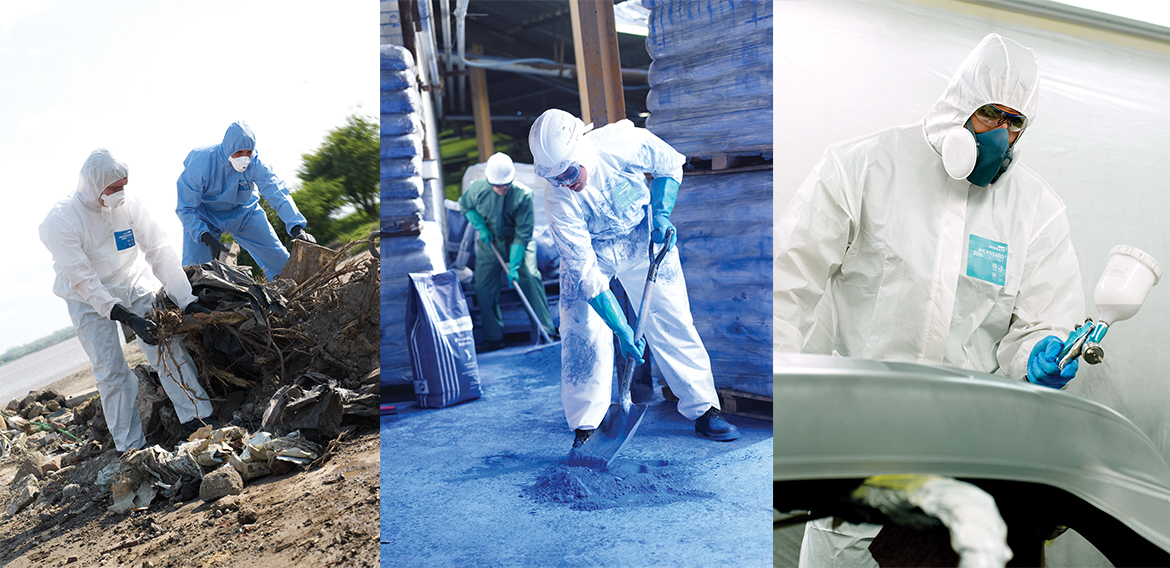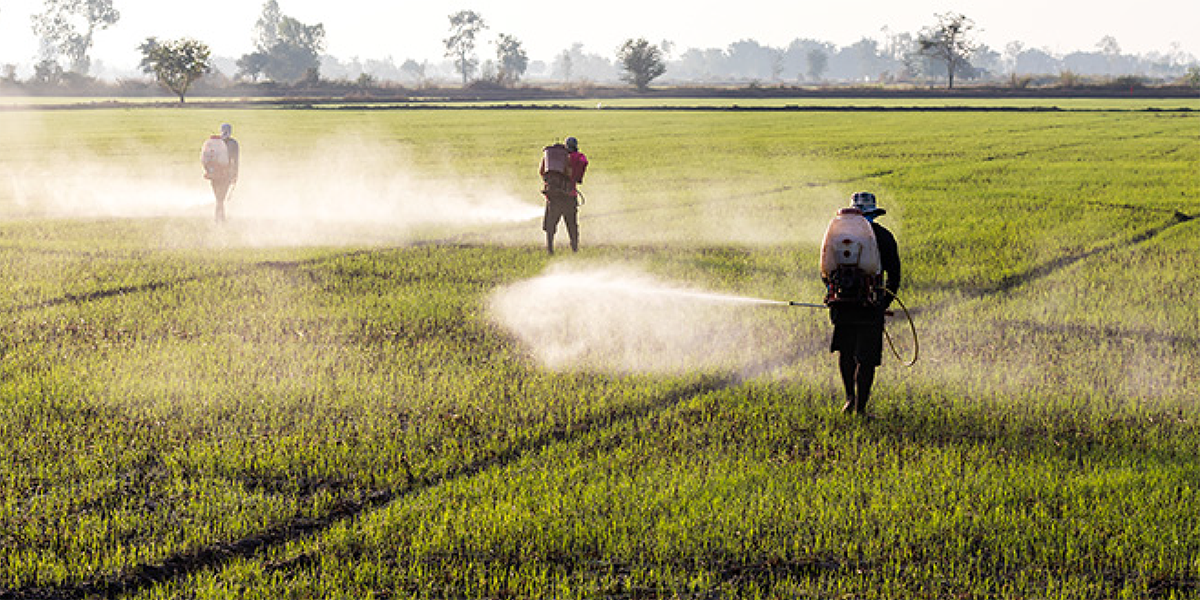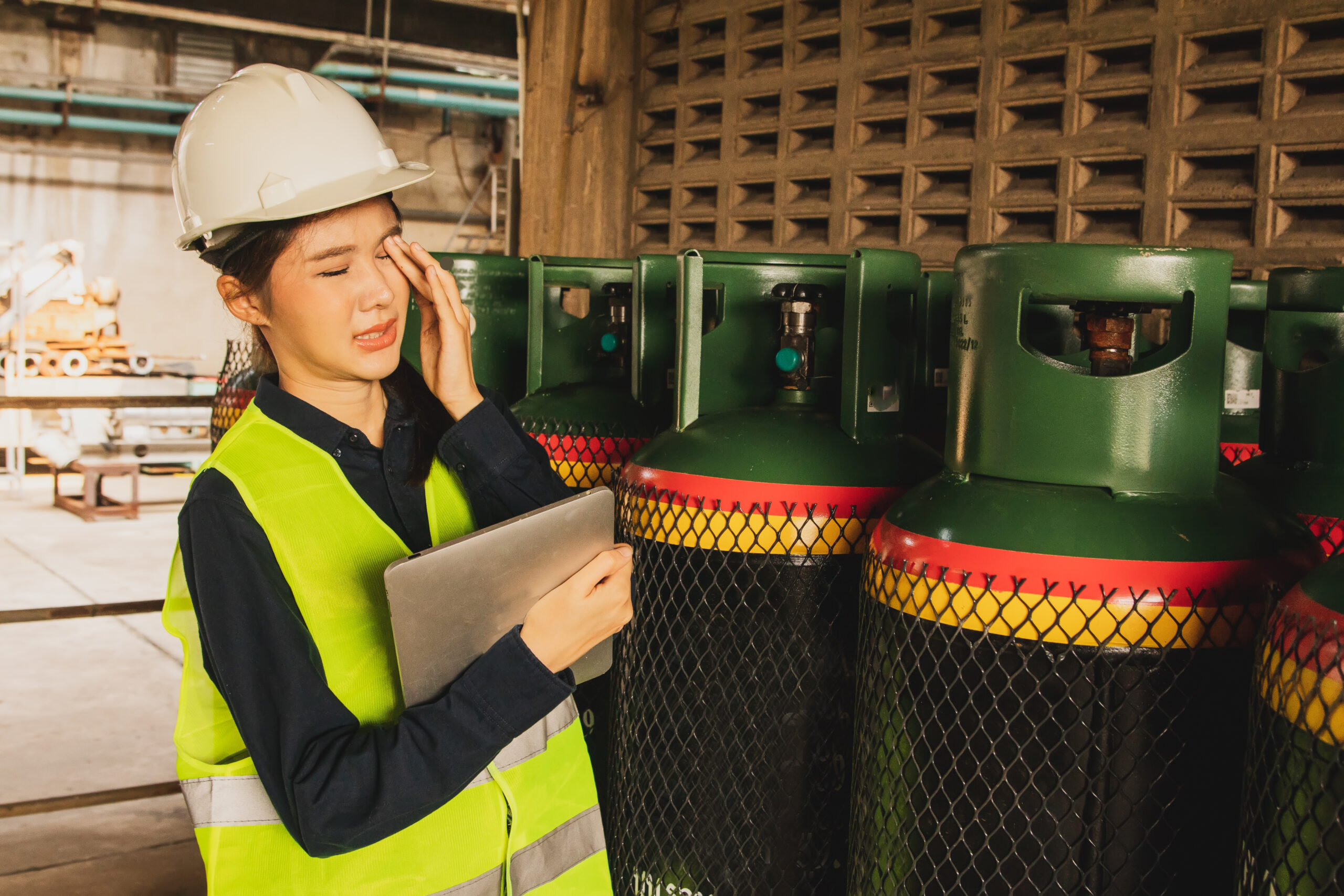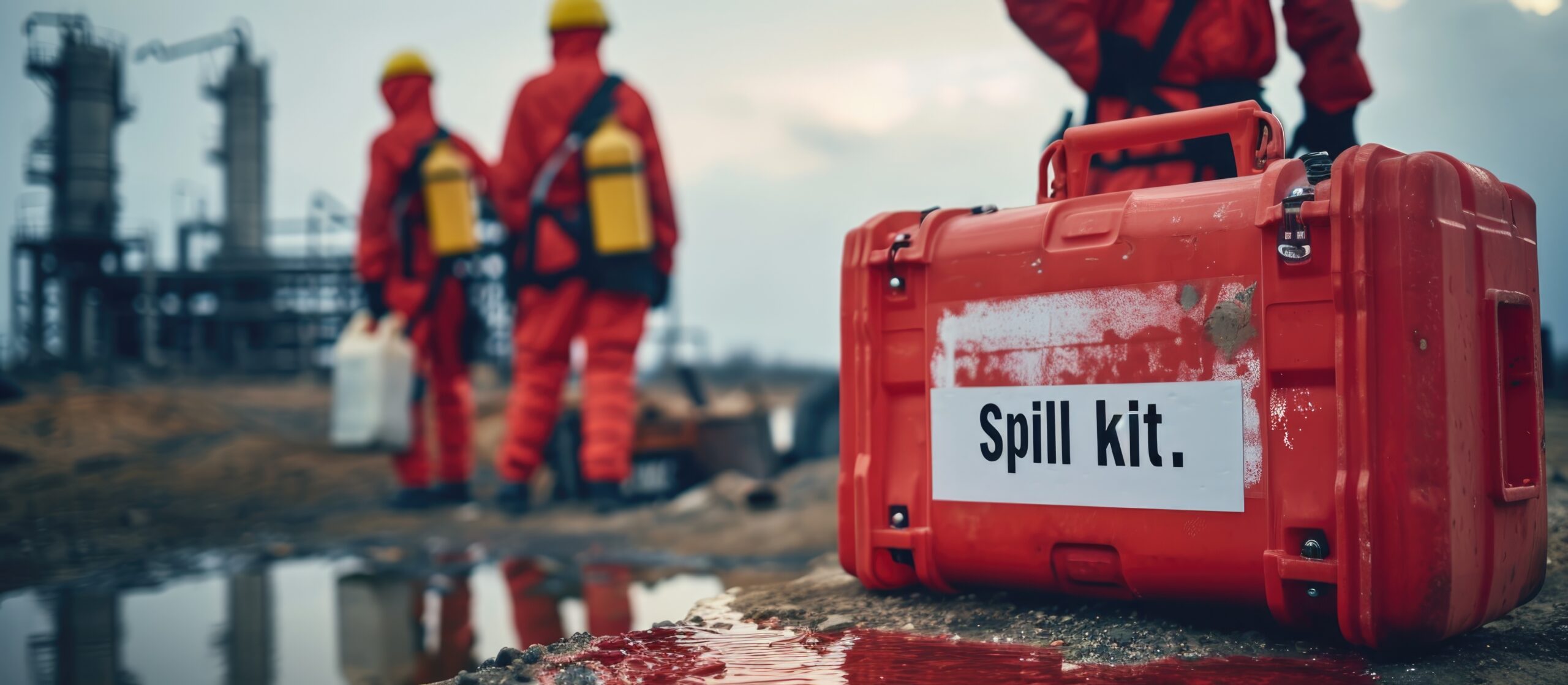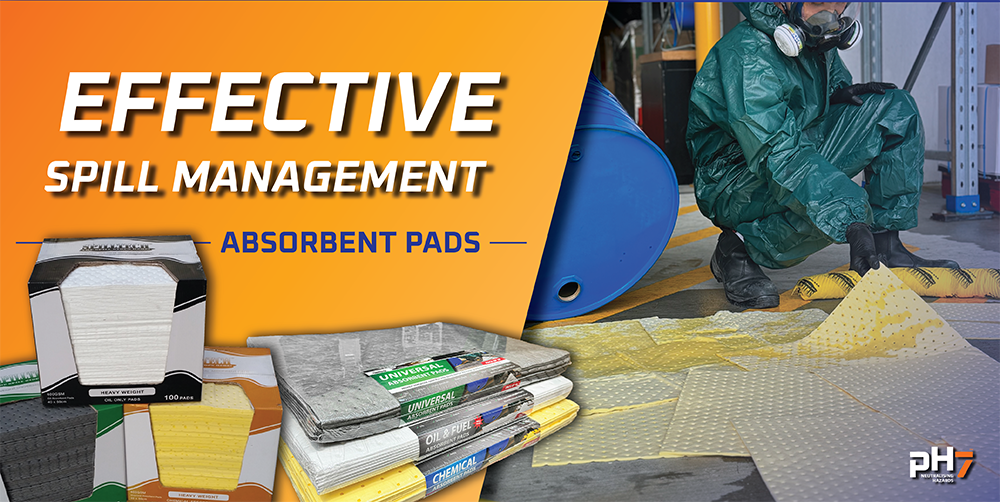The protection afforded by PPE is only as good as the quality of that equipment – and because, like anything in life, it tends to deteriorate over time, it’s vital to know both the lifespan of your protective gear and recognize any signs that it may be coming to the end of its useful working life.
When it comes to protective coveralls the most important aspect is to ensure you have the right level of protection for the job at hand in the first place – but even then, specialist PPE needs to be monitored regularly because general use and wear and tear will reduce its effectiveness.
Training, maintenance and choosing the right coveralls to suit the person will all help in the effectiveness of the protection offered by coveralls, but, because they can come in such a wide variety of suit types and offer such differing levels of protection in the first place, it’s still absolutely vital to ensure they remain fit for purpose to the task at hand. For example, a scuff on overalls designed to keep off paint splashes doesn’t lessen its effectiveness, whereas similar damage to a suit designed to protect against chemical sprays or dangerous gases, or that needs to be flame-retardant, might render to suit useless.
Employers have an obligation under the Health and Safety at Work Act of 2015 to ensure their workers have the right protective equipment at all times, they are trained to use it, and that it offers suitable protection against the hazards they are likely to encounter.
So here’s our guide to monitoring the protective suits in your workplace and five general signs to look out for when it comes to making sure they are still effective:
| 1. It does what it says on the cover |
| Limited use means limited use. It might be tempting to think you can get a few wears out of coveralls which still look useful but, for example, if a suit has been used for spraying chemicals and then left unwashed in a heap, chances are those chemicals will contaminate the inside of the suit and be potentially harmful to the wearer. Always refer to the manufacturer’s guidelines for a suit’s lifespan and care. It’s there for a reason. |
| 2. Wear and tear from overuse |
| This is the clearest indication that your protective coveralls or suits aren’t performing to their highest ability and is the most important thing to check for on a regular basis. Check for flex cracking at the knees, elbows and shoulders in suits, suits, scuffing or damage to the outer layer, and finally, the separation of any seams or joints. |
| 3. How it’s being used |
| The lifespan of protective suits is likely to be reduced considerably if it’s put under more stress than it has been designed to withstand. For example, if workers have found themselves having to crawl or kneel regularly as part of their job, then the suits are more likely to suffer damage to knees and forearms than if they were simply used in a standing position. |
| 4. Workers saying it’s uncomfortable |
| Maintenance, cleaning and monitoring should keep protective clothing in good order. Patch jobs, or repairs, should NEVER be carried out on protective suits. Asking those who wear suits regularly how they feel, may uncover hidden wear and tear and contamination of the suit. |
| 5. Stains and scruffiness |
| The constant handling of hazardous materials can also lead to stains that may look superficial but could indicate that the suit is losing its specific level of protection. In other words, breakthrough may have started to occur. |
As well as carrying out regular management inspections, it’s important to train workers to inspect their protective coveralls and know what to watch for in terms of detecting damage and wear and tear. If equipment fails inspection it must be replaced or spare equipment must be at hand.
Here at ph7 International we’re committed to preventing harm from hazardous substances to people and the environment. We can advise you on the best coveralls for the job so you can meet your obligations as set out in the Health and Safety at Work Act 2015. For more information, search our extensive range of protective coveralls, visit our Permeation Database to select the best coverall for your requirements, or give us a call on 0800 323 223.

